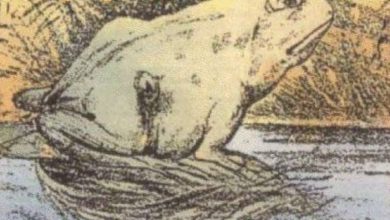Threads of History: The Evolution and Impact of Sewing Machine Bobbins

ADVERTISEMENT
Threads of History: The Evolution and Impact of Sewing Machine Bobbins
Introduction:
The humble sewing machine bobbin, often overlooked, is a cornerstone in the evolution of textile manufacturing. These small yet vital components of the sewing machine revolutionized the way clothes were made, influencing fashion, manufacturing, and the very fabric of society. The image of antique sewing machine bobbins not only evokes nostalgia but also invites us to explore the rich history and enduring impact of these tools on modern technology.
Body: Historical Context: The sewing machine, a critical invention of the Industrial Revolution, transformed textile production, making it faster and more economical to produce garments. Central to the operation of the sewing machine is the bobbin, which holds the lower thread that intertwines with the upper thread from the needle to form a locked stitch. Early bobbins were simple in design but pivotal in function, enabling continuous and efficient stitching that was previously unattainable by hand.
Design and Material: Early sewing machine bobbins, like those in the image, were typically made from metal. This material was favored for its durability and the smooth surface that allowed for uninterrupted thread release. The perforations seen in these bobbins are not merely decorative; they help reduce the bobbin’s weight and maintain the thread’s tension, crucial for producing consistent stitches.
ADVERTISEMENT
Manufacturing Impact: The introduction of the sewing machine bobbin had profound implications for the textile industry. It not only sped up garment production but also increased the variety of fabrics that could be efficiently sewn, from delicate silks to heavier cottons and wools. This versatility was instrumental in the expansion of clothing styles and fashions that emerged during the 19th and early 20th centuries.
Societal Influence: Beyond its technical contributions, the sewing machine—and by extension, its bobbin—played a significant role in societal shifts. It facilitated the rise of ready-to-wear fashion, which became accessible to the masses, democratizing fashion that was once the preserve of the wealthy. Furthermore, it empowered women, who were the primary operators of sewing machines both industrially and domestically, providing them with employment opportunities and a means to contribute economically to their households.
Conclusion: The antique sewing machine bobbins depicted in the image are more than just historical artifacts; they are reminders of the profound changes brought about by such innovations. These bobbins helped weave the narrative of technological advancement, social change, and economic development through the textile industry. As we reflect on these contributions, it becomes clear that understanding the evolution of such tools offers valuable insights into the broader impacts of technological advancements on society.
This exploration into the significance of sewing machine bobbins illuminates their role not only in the realm of manufacturing but also in the larger context of cultural and economic history. Their story is a testament to the enduring impact of seemingly simple innovations that have threaded their way through the fabric of human progress.
ADVERTISEMENT




